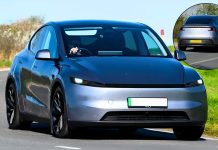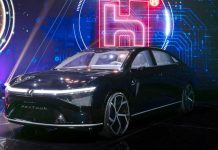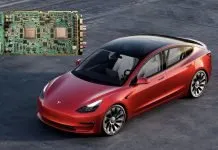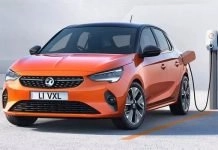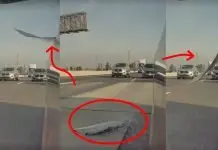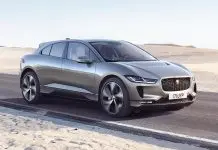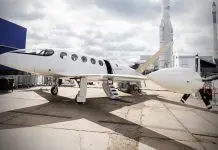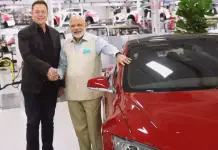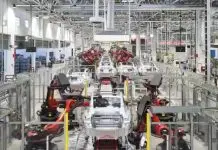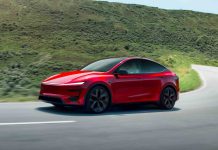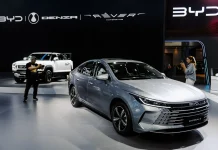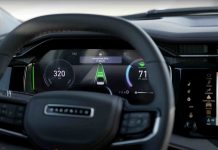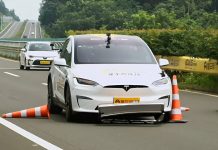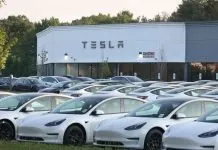Tesla’s new solution enables vehicles produced in the Fremont factory to use self-driving capability for standardized routes from production areas to loading zones spanning roughly 1.2 miles. This automated vehicle delivery system represents a crucial step forward for Tesla’s FSD technology because it proves its operation in defined settings. The initiative serves as foundational work for future unsupervised FSD applications which may lead to vehicles autonomously delivering to end customers.
An automated system from production to loading docks is part of Tesla’s strategy to optimize operations through smooth vehicle transit while reducing delivery risks.
This development was highlighted by Elon Musk, who announced on social media that “Unsupervised full self-driving begins,” following a video demonstrating the new capability.
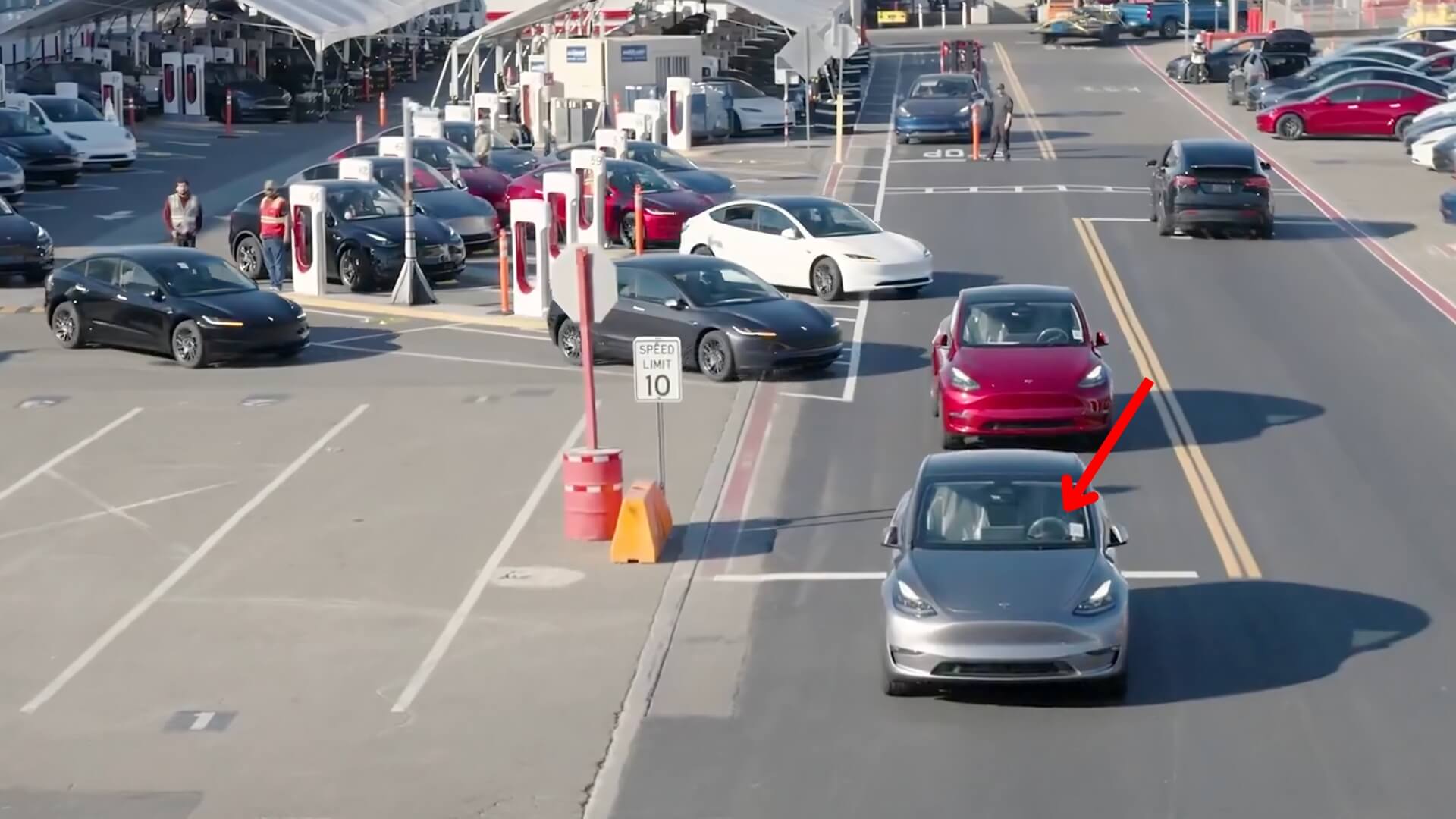
Key Details of the New Feature
Within the factory complex the vehicles operate autonomously on a 1.2-mile route for six minutes. The automated route requires six minutes to complete when traversing the labyrinth of factory pathways managed by human workers.
The vehicle’s self-driving capabilities rely on Tesla’s existing Autopilot and Full Self-Driving (FSD) technologies that ship with each model. Tesla has probably adjusted its system specifically for the structured factory setting.
Teslas now drive themselves from their birthplace at the factory to their designated loading dock lanes without human intervention
One step closer to large-scale unsupervised FSD pic.twitter.com/Aj6dHsLaRO
— Tesla AI (@Tesla_AI) January 29, 2025
After a vehicle finishes production the automated system provides specific directions that lead it to its assigned dock. The car autonomously tracks its route and detects and circumvents all possible factory obstacles including equipment and moving staff through its combination of camera sensors and artificial intelligence navigation.
Vehicle automation at Tesla works through AI vision instead of utilizing LiDAR-based technology the way autonomous vehicle developers traditionally employ it. The vision-first approach lets them work through challenging operating conditions found even in factory areas. Through its implementation, the technology permits vehicles to reach their destinations without human command while providing safe operational efficiency.
This technological enhancement is part of Tesla’s broader ambition to minimize human error and reduce labor costs associated with vehicle logistics post-production.
Public Response & Future Implications
The news has created extensive anticipation among Tesla fans and stockholders who look forward to observing automated vehicle operations. Some experts predicted this advancement might bring positive effects.
The future expansion of Tesla FSD features will go beyond their Fremont production facilities. In the first quarter of 2025, the company will deploy its FSD feature simultaneously in China along Europe to enhance its position as an autonomous driving technology pioneer.
Challenges and Criticism
New developments in Tesla’s FSD system continue while experts actively discuss its dependability level. The technology provides promising results yet drivers must maintain live supervision for various FSD usage scenarios according to critics. Ongoing debates about autonomous driver safety exist since drivers could wrongly feel safer due to past performance issues of Tesla’s systems like Autopilot and FSD.
A Step Towards Full Autonomy
The internal logistic automation from Tesla cooperates with its eventual achievement of autonomous driving. CEO Elon Musk has repeatedly emphasized that Tesla exists to develop vehicles capable of driving autonomously without human control. The controlled environment factory implementation proves that autonomy works effectively even though Tesla’s FSD software requires human direction in public driving situations.
The automated factory operations at Tesla demonstrate the transformative capabilities of Al-based self-driving systems which extend past car transportation applications. The platform demonstrates potential for additional automated logistics developments which will spread throughout Tesla’s manufacturing as well as industrial delivery operations across different industries.

